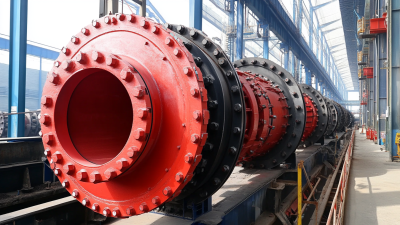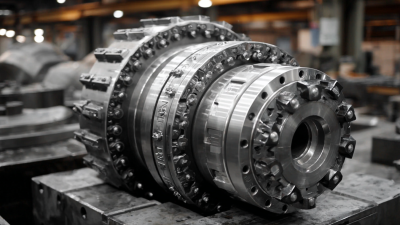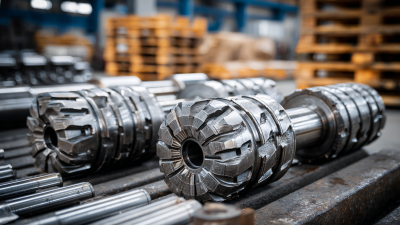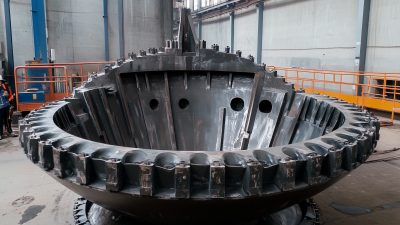
-
Home
-
About Us
-
Products
-
News
-
Blog
-
Contact Us
Leave Your Message

In the realm of modern mining operations, efficiency and reliability are paramount, and one of the critical components that plays a vital role in achieving these goals is the Cone Crusher Bowl Liner. Designed to withstand the rigors of crushing and grinding in harsh environments, the Cone Crusher Bowl Liner not only enhances the performance of the crusher but also extends its service life. This essential wear part is engineered to provide optimal support and protection to the cone crusher's internal mechanisms, ensuring consistent production rates and minimizing downtime.
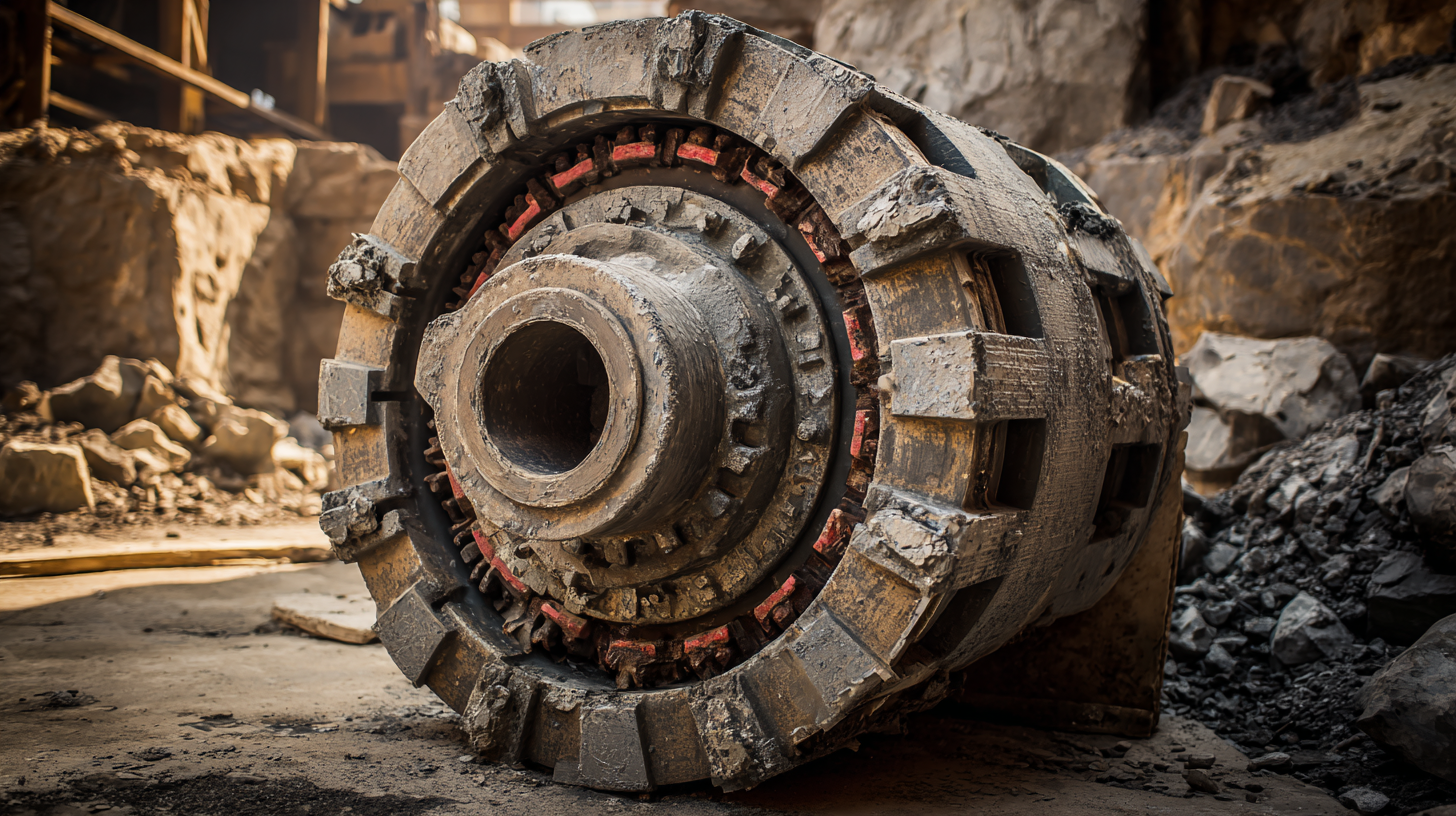
As mining companies continue to seek innovative forms of machinery that can withstand heavy workloads while maintaining precision, understanding the role and importance of the Cone Crusher Bowl Liner becomes increasingly significant. This article delves into the various aspects of Cone Crusher Bowl Liners, exploring their design, functionality, and impact on operational efficiency within the mining sector.
 Cone crusher bowl liners play a pivotal role in modern mining operations, serving as a vital component in the crushing process. These liners, which are positioned within the bowl of the crusher, contribute significantly to the equipment's overall efficiency and effectiveness. According to a recent industry report by Grand View Research, the global mining cone crusher market is projected to reach USD 1.5 billion by 2028, highlighting the critical importance of optimized components such as bowl liners in maximizing productivity and minimizing operational costs.
Cone crusher bowl liners play a pivotal role in modern mining operations, serving as a vital component in the crushing process. These liners, which are positioned within the bowl of the crusher, contribute significantly to the equipment's overall efficiency and effectiveness. According to a recent industry report by Grand View Research, the global mining cone crusher market is projected to reach USD 1.5 billion by 2028, highlighting the critical importance of optimized components such as bowl liners in maximizing productivity and minimizing operational costs.
One of the key functions of cone crusher bowl liners is to facilitate the effective crushing of rocks and minerals. They are designed to withstand extreme wear and tear from the material being processed, which can include anything from hard granite to softer materials. The liners help maintain consistent product sizes, reduce the need for secondary crushing, and ultimately lead to lower energy consumption. A study by the Mining Journal indicated that an efficient cone crusher can reduce energy usage by up to 30%, emphasizing the role that high-quality bowl liners play in the overall energy efficiency of mining operations.
Tips: To maximize the lifespan of your cone crusher bowl liners, it’s crucial to perform regular inspections and maintenance. Keeping the liners properly aligned and ensuring they’re not subjected to excessive impact can significantly improve their durability. Additionally, considering the use of manganese steel liners can provide better wear resistance, enhancing the overall performance and reducing downtime associated with replacements.
The selection of materials for cone crusher bowl liners is critical for optimizing performance and durability in modern mining operations. High manganese steel has traditionally been the material of choice due to its excellent impact resistance and work-hardening properties. As the liner wears, it becomes harder, thus providing longer service life and reduced downtime for maintenance. However, the increasing demand for efficiency and cost-effectiveness has led to the exploration of alternative materials, such as alloy steels and ceramics, which offer superior wear characteristics and can withstand extreme operating conditions.

In addition to the base materials, the design and manufacturing processes also play a significant role in the longevity of bowl liners. Advanced fabrication techniques, including casting and machining, ensure precision in dimensions and improvements in surface finish. The incorporation of coatings, such as hardfacing, further enhances the wear resistance of the liners, making them more capable of handling abrasive materials. By carefully selecting both the materials and production methods, mining operations can achieve greater efficiency and significantly reduce the frequency of liner replacement, ultimately leading to lower operational costs and increased productivity.
Cone crusher bowl liners play a crucial role in the performance and efficiency of modern mining operations. Regular maintenance of these components is essential for ensuring optimal crushing results and extended equipment lifespan. Neglecting bowl liners can lead to increased wear, reduced product quality, and ultimately, higher operational costs. Implementing effective maintenance best practices can significantly enhance the durability of bowl liners, thereby improving overall equipment reliability.
One key tip for maintaining cone crusher bowl liners is to conduct routine inspections. Check for signs of wear, cracks, and deformation regularly. Early detection of issues can prevent costly repairs and downtime. Additionally, always ensure that the liners are properly seated and aligned. Misalignment can cause uneven wear and reduce the effectiveness of the crushing process.
Another effective practice is to choose the right material for your bowl liners. The material should be suited to the specific type of ore being processed and the expected operational conditions. Utilizing liners made from high-quality, wear-resistant materials will extend their life and improve their performance. Moreover, training operators on the correct loading techniques can also help minimize damage to the liners during the crushing process.
This chart illustrates the frequency of various maintenance practices related to cone crusher bowl liners over a one-year period.
The design of bowl liners in cone crushers plays a critical role in optimizing crushing performance in modern mining operations. These liners are essential components that influence the distribution of material within the crushing chamber, thereby affecting the overall efficiency of the crushing process. The profile and material composition of the bowl liner can enhance the liner's longevity and adaptability to different ore types, ensuring consistent performance across various operational conditions. A well-designed bowl liner provides better material flow, reduces wear rates, and ultimately leads to higher throughput and reduced operational costs.
Moreover, innovative bowl liner geometries can significantly improve crushing efficiency by maximizing the size reduction ratio while minimizing energy consumption. For instance, liners designed with specific contours can help achieve a more uniform particle size distribution, leading to better processing downstream. The integration of advanced materials into bowl liner design additionally allows for improved resistance to abrasion and shock, further extending their service life. As mining operations continue to push for productivity and sustainability, the strategic development of bowl liner designs will remain a pivotal factor in enhancing crushing performance and optimizing operational outcomes.
| Bowl Liner Design | Material Used | Average Life Span (hours) | Crushing Ratio | Applications |
|---|---|---|---|---|
| Standard Design | Manganese Steel | 400 | 6:1 | Aggregate Production |
| Modified Liner | High-Strength Alloy | 600 | 8:1 | Mining Hard Rock |
| Concave Liner | Ceramic Composite | 800 | 10:1 | Mineral Processing |
| Tapered Liner | Cast Steel | 500 | 7:1 | Construction Materials |
The future of cone crusher bowl liner technology in mining is evolving rapidly, driven by advancements in materials science and engineering innovations. As mining operations continue to demand greater efficiency and durability, manufacturers are exploring new alloys and composite materials that enhance wear resistance while reducing weight. This not only extends the lifespan of the bowl liners but also optimizes the overall performance of the cone crushers in handling various ores and aggregates.
Tips: When selecting bowl liners, consider the specific application and material characteristics to maximize efficiency. Regular maintenance and timely replacement based on wear patterns can also significantly enhance operational longevity.
Additionally, smart technology integration is on the rise. The implementation of IoT sensors and predictive maintenance systems allows for real-time monitoring of bowl liner conditions. This enables mine operators to anticipate wear, minimize unplanned downtimes, and refine their maintenance schedules. Embracing these digital trends will create a more agile and responsive approach to managing cone crusher performance in modern mining.
Tips: Keep abreast of technological advancements and consider investing in training for your workforce to leverage these innovations effectively. Proper data analysis can lead to better decision-making in equipment management.
